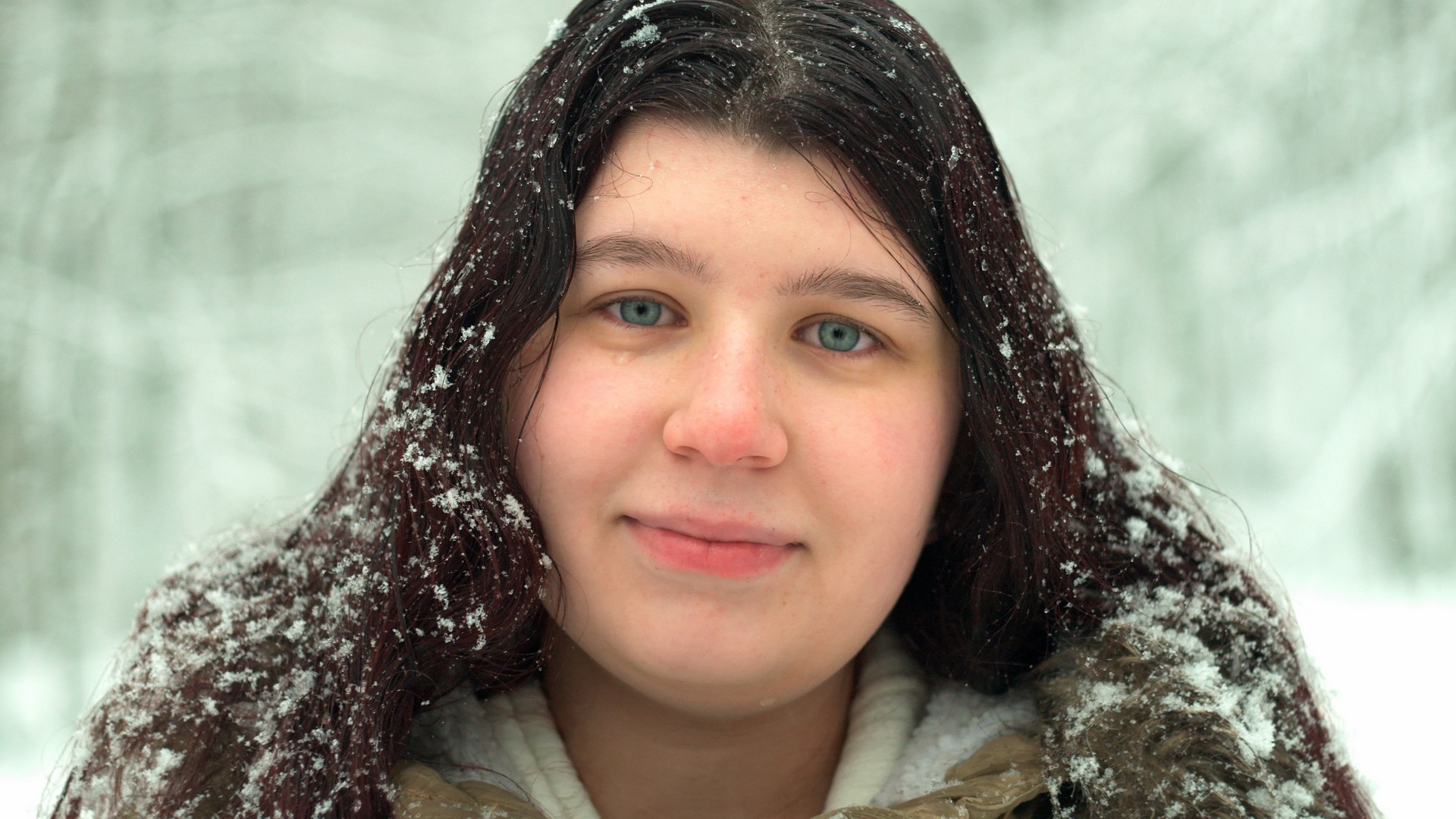(THIS ARTICLE IS MACHINE TRANSLATED by Google from Norwegian)
Last year, the National Knowledge Center published on vold and traumatic stress a report on youth experiences of violence and abuse in adolescence, based on a questionnaire answered by 9244 students aged 12 to 16 years. Here, a total of 6 percent – and 8 percent of girls – reported having experienced some form of sexual abuse from an adult at least once in their childhood. 4 percent of those surveyed had experienced this during the past year. The report further states that "only 1 in 5 of youth victims of violence and abuse say that they have been in contact with the emergency services in connection with experiences of violence and / or abuse ».
Trauma and insecurity
cinema documentary All that I am tells about Emilie, who was exposed sexual abuse from stepfather from age 6 to age 12. She then notified herself of the incidents and was given new accommodation through the child welfare service. In the film, we meet her as an 18-year-old, moving back to her mother and siblings. Her still-half-siblings do not know the background that Emilie has not lived with them at this time.
In the course of the two years the film follows her, the former stepfather is released following the prison sentence he has served for the offenses – with all that entails renewed insecurity for the vulnerable young protagonist. "He seems to get it easier than me," says Emilie, who also testified in a lawsuit against him.
"IT SEEMS LIKE HE GETS EASIER THAN ME." EMILIE
Although the consequences of his actions rest heavily throughout the film, the convicted abuser is never clearly seen in the picture and is never mentioned by name. First and foremost is trading All that I am about Emily's quest to live a normal life, despite a painful and traumatic baggage.
Desire for openness. This is not necessarily a story of a system that does not see her. The documentary depicts an assistive device trying to get Emilie out of work, with the understanding that this is a long-term process. But the challenges are many, and the system also has its limitations.
In Emily's upbringing, however, no one saw what was going on. Abuse often happens well hidden from the outside world, and it is often unthinkable that such a thing can happen in one's immediate family. It is heartbreaking to hear the protagonist tell of events she did not even understand as a child.
After director Tone Grøttjord-Glenne decided to make documentaries about child abuse, she was looking for someone who could carry such a film. When the State Children's Home in Oslo introduced her to 18-year-old Emilie, she knew she had found her main character. This is an obviously brave young woman, with a burning desire for openness and breaking down taboos. Participation in such a documentary can have major consequences for the protagonist and her immediate family, something the film partly touches on. But this visibility is nevertheless important.
A significant part of the film's strength lies in the great confidence of the filmmakers
got from her young protagonist, which lets them get very close to her.
All that I am is also part of a larger national project, which aims to create change and increase knowledge. The film will be shown exclusively at the cinema (neither on television nor streaming services), including a targeted viewing tour for municipal leaders and schoolchildren, among others. In addition, an e-learning tool has been created for people in relevant professions, also related to Emilie's story.
Empathetic and observant
The introductory facts in the article are taken from the film's press material (as well as from the report). However, the documentary itself has a consistent observational approach, without this kind of statistics or interviews with experts – or with those involved. Instead, it follows Emily's daily life, which also includes various meetings with government agencies, until the difficult conversation with the half-siblings.
A significant part of the film's strength lies in the great trust the filmmakers have received from their young protagonist, which allows them to get very close to her. Also in a more concrete sense, photographer Egil Håskjold Larsen's camera often approaches her face and reinforces the empathy of this audience. But the director also seems to know when the film crew should keep their distance and leave Emilie and her family to themselves. Grøttjord-Glenne and the production company Sant & Usant are also said to have waited a year before they started editing the film, to make sure that the main character would tolerate that it was completed and eventually launched.
Sympathetic and strong voice
All that I am is an impressive comeback as director of Tone Grøttjord-Glenne. She won several awards for the exam film Brothers (2005) from the British National Film and Television School and for the debut film Prirechyny (2006), but in the following years has concentrated on the producer role in Sant & Usant.
The aforementioned facts testify to a widespread problem that deserves increased attention – to both prevent, detect and process. By highlighting the story of one of the individuals who make up the statistics, demonstrate All that I am in turn, the significant impact of the observational documentary. With young Emilie as a sympathetic and exceptionally strong voice.
All that I am has Norwegian
cinema premiere March 6.






